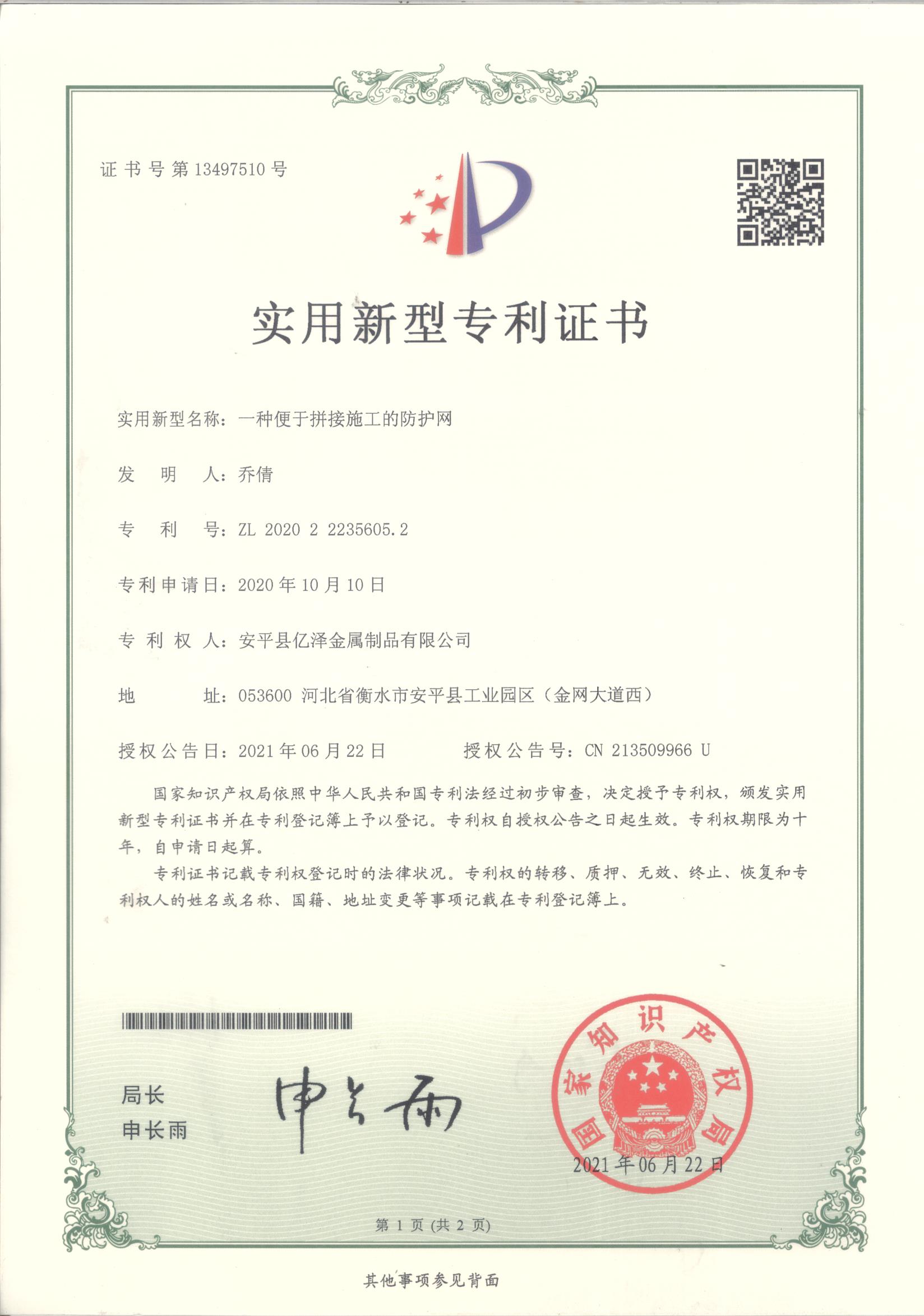commercial chicken layer cage
Sep . 25, 2024 17:24 Back to list
commercial chicken layer cage
The Importance of Commercial Chicken Layer Cages in Modern Poultry Farming
The poultry industry plays a vital role in meeting the global demand for eggs and chicken meat. Within this industry, commercial chicken layer cages have emerged as a pivotal innovation that improves the efficiency and productivity of egg production. As the world’s population continues to rise, the need for sustainable and effective farming practices becomes more crucial. Commercial chicken layer cages offer solutions that address these demands while adhering to health standards and animal welfare considerations.
Understanding Layer Cages
Commercial chicken layer cages are specialized enclosures designed to house hens that are bred specifically for egg production. These cages come in various configurations, including battery cages, enriched cages, and aviary systems. Each has its own design and level of comfort for the birds. A significant advantage of using layer cages is that they maximize space usage, allowing farmers to manage a large number of birds in a relatively small area, which is critical for modern high-demand egg production.
Layer cages optimize conditions for egg-laying hens by providing an environment where they can easily access feed and water, while also ensuring that eggs are collected efficiently. The design of these cages minimizes the risk of injuries among birds and helps to maintain hygiene by preventing contamination from droppings and other waste.
Benefits of Commercial Layer Cages
1. Enhanced Productivity One of the primary advantages of commercial layer cages is the increase in egg production rates. The controlled environment allows hens to lay eggs consistently, often reaching numbers as high as 300 eggs per hen per year, depending on the breed and management practices.
2. Space Efficiency Layer cages are designed to house hens in a vertical arrangement, maximizing the use of space. This stacked design is especially beneficial for poultry farmers who may have limited land availability.
commercial chicken layer cage

3. Health and Biosecurity The design of commercial layer cages facilitates better monitoring of the hens’ health. Farmers can quickly assess the condition of their flock and take needed actions in cases of illness. Moreover, the compact spacing reduces the spread of disease, which is a concern in larger free-range systems.
4. Ease of Management Layer cages simplify the management of egg production. With automated feeding and watering systems, farmers can ensure their hens receive the necessary nutrients with minimal labor. This ease of management is crucial in a commercial setting where efficiency and productivity are paramount.
5. Environmental Considerations Modern layer cages are designed to promote more sustainable farming practices. They can be integrated with waste management systems to recycle manure as fertilizer, minimizing environmental impact. Additionally, because they can house more hens in less space, they contribute to a more efficient use of resources.
Addressing Animal Welfare
Despite the numerous advantages, the use of commercial layer cages has sparked debates regarding animal welfare. Critics argue that certain types of cages, specifically traditional battery cages, do not provide sufficient space for chickens to exhibit natural behaviors. In response to this concern, the industry has shifted toward enriched cages, which provide additional space and features such as perches and nesting areas, allowing hens to engage in some of their natural behaviors while still benefiting from the efficiency of cage systems.
Regulations and industry standards are evolving to ensure that animal welfare is a priority in commercial poultry farming. Farmers are increasingly investing in cage systems that balance productivity with the ethical treatment of animals. This shift not only responds to consumer demand for humane practices but also enhances the overall reputation of the poultry industry.
Conclusion
Commercial chicken layer cages are an integral part of modern poultry farming, allowing producers to meet the ever-increasing global demand for eggs. With their benefits in productivity, space efficiency, and health management, these systems enable farmers to operate more effectively in a competitive market. However, the industry must continue to evolve by adopting practices that prioritize animal welfare and meet the ethical expectations of consumers. By doing so, commercial chicken layer cages can play a crucial role in sustainable poultry farming for years to come.
-
Automatic Feeding Line System Pan Feeder Nipple Drinker|Anping County Yize Metal Products Co., Ltd.
NewsJul.30,2025
-
Automatic Feeding Line System - Anping Yize|Pan Feeder,Nipple Drinker
NewsJul.30,2025
-
Automatic Feeding Line System - Anping County Yize Metal Products Co., Ltd.|Pan Feeder, Nipple Drinker
NewsJul.30,2025
-
Automatic Feeding Line System-Poultry Farming|Chicken Feeding&Watering
NewsJul.30,2025
-
Automatic Feeding Line System - Anping County Yize Metal Products Co., Ltd.|Pan Feeder Nipple Drinker,Broiler Farming
NewsJul.30,2025
-
Automatic Feeding Line System Pan Feeder Nipple Drinker-Anping County Yize Metal Products Co., Ltd.
NewsJul.30,2025






